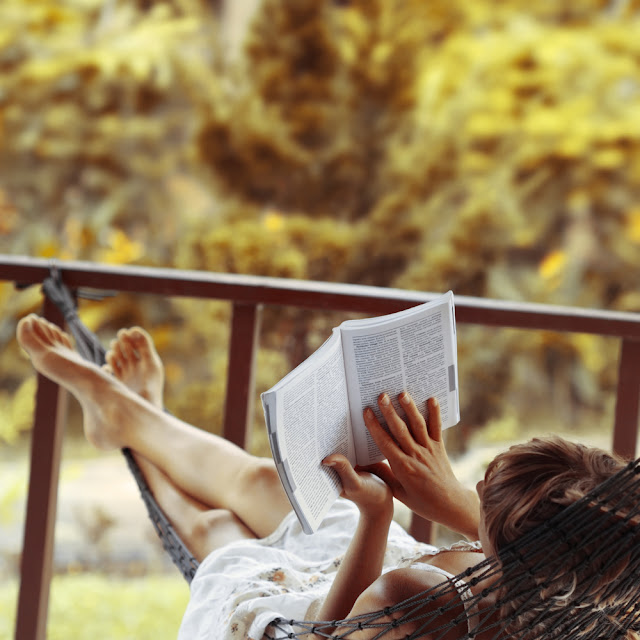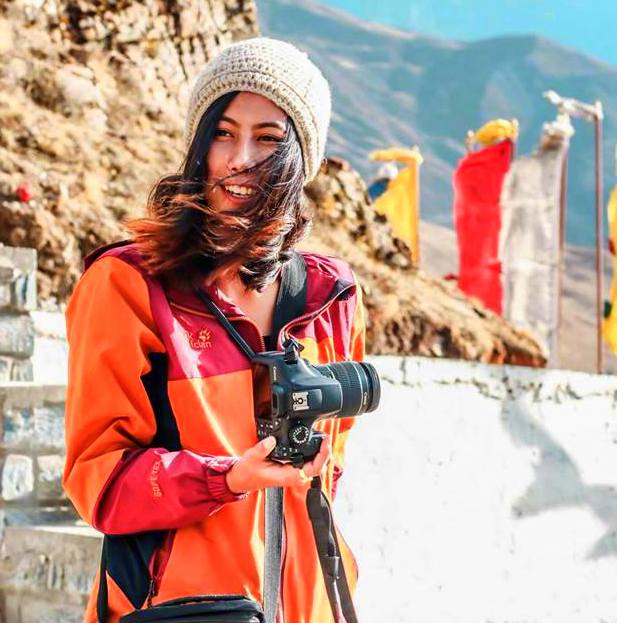Jebin Gautam
The Early Photographers
“My great-grandfather was a woodcarver in the royal court,” says Bhushan. “But observing his skill with wood, his employers believed he could channel his creativity to photography.”
In those days, it was mostly Chitrakar painters employed in the Rana palaces who were encouraged by Dambar Shamshere (1858-1922 AD), the first Nepali photographer, to pursue photography. These budding photographers were hired to photograph officiating ceremonies, marriages and various other events in the lives of the Rana aristocrats.
In the late nineteenth century, taking and developing photographs was still an expensive process, given the equipment available – such as glass plate negatives and enlargement machines. But around the second decade of the twentieth century, cameras became smaller and more portable and older models were handed down to the court photographers.
Nepal’s first ‘private’ studios were started by these very court photographers with handed-down cameras. Krishna Bahadur Chitrakar, who worked for Babar Shumshere, chose cameras and other photographic instruments over the customary gift of land for his years of service. Similarly, Gyan and Shanta Karmacharya started a photo studio in 1917, with a camera gifted by Tej Shumshere.

The Early Clients
Most of these studios were based in the homes of the photographers themselves, in a room with natural lighting and a decorated canvas background. “But rather than being grounded in their studio spaces, these photographers travelled to the homes of their subjects,” says Sridhar Manandhar, whose family was an early photography patron. The canvas background travelled with the photographers. Furthermore, since photography was still a relatively expensive pursuit, people mostly took pictures in groups.
The early middle-class subjects copied the postures adopted by the aristocrats and the royalty. The poses were fixed and the expressions stoic. This was primarily because of the rudimentary technology of the time –exposures took a long time and a smile could result in a blurry facial expression.
The early photographers placed a strong emphasis on symmetry, with subjects seated off-center but with their legs crossed towards the middle. This symmetry was believed to direct the gaze of the observer towards the center, providing the photograph with depth and dimension. This technique might have been learnt from Shah and Rana portraitures, where often the king or prime minister sat in center, flanked by subordinates.

The Rebels
In
the 1960s, as photographs became mandatory for citizenship certificates, legal
documents and other identity documents, studios became more common in urban areas
and highway towns. This allowed photographers and their patrons to experiment
more, perhaps also an effect of the advent of democracy, where new ideas
flourished. This new generation prioritized candid photographs and rebelled
against the perfect symmetry that the first generation of photographers had
perfected. The subjects didn’t look at the camera; they smiled, laughed, played
with props and shook hands. These poses were possible also because of advances
in technology, as subjects didn’t need to sit still for long periods of time.Amrit Bahadur Chitrakar, who grew up assisting his father Krishna Bahadur, recalls a catalogue with various poses that all photographers kept in their studios to assist their subjects pick out a style. He also fondly remembers the growing number of cinema halls in the Kathmandu Valley, which the youths frequented and sought to copy the poses of the movie stars. One can easily see traces of Mala Sinha and Dev Anand in the portraits from that era. They also experimented with different themes, where they reenacted fighting scenes and dance routines. Chitrakar recalls mostly young people visited the studio around festival time, when they had new clothes.

Experimentation
In
the 70s and 80s, studio experimentation was not solely fueled by creativity; it
was also an attempt to create new kinds of product, so patrons would continue
to visit the studio. Double exposures, where two images of the same subject are
layered next to each other, was innovative technique aimed at drawing in more
customers. Various props were also introduced, including fedora hats,
sunglasses, kimonos and gunyo-cholo.
It was an attempt to create alternative looks for consumers to be photographed
in – the same person could change their clothes and take multiple, different
pictures.The canvas background also multiplied and proliferated, providing customers with a number of exotic locales to choose from. Once a year, new frescoes were painted so that old clients would return for new photographs. Sidhartha Shakya of Purna Studios relates that they would often get request from customers themselves to the change the background.

The Digital Era
Back in Bahadur Studio, Bhushan Kayastha explains things have changed much since the heydays of studio photography. These days, when most families own their own cameras, customers only visit studios for specific photographs that amateurs cannot produce, size specifics reproductions, or to simply print out their own photos.
With the increasing use of digital photography, studios have started looking into ways to invite customers back into the studios. This has included efforts like merchandizing photographs, with studios offering to print out photos on ceramics and mugs. Bigger studios are attempting to revitalize the staged family portrait, where grandeur, perfection and symmetry are prioritized, and where value is generated through the photographer’s skills and editing techniques and the grandeur of the studio settings. These are reminiscent of the old royal portraits, not only in the technique of the photographs but also the intention – to capture social mobility and affluence, through elaborate poses and impeccable jewelry and clothing.
In contrast, small neighborhood studios continue to do business, providing niche services like the taking of portraits for various identity cards, green-card lottery applications and passports and visas. They provide a quick, easy service that most homes cannot produce, even with top-of-the-line digital cameras.
With the increasing accessibility of digital cameras and the advance of digital storage capacities, thousands of pictures can be taken by just about anyone. These days, everyone is a photographer. Are the days of studio photography over? Or will studio photography reinvent itself as it has over time, and offer photographers and patrons new opportunities to create memories?
 |
| Bauddha Stupa from south side before 1960s |




